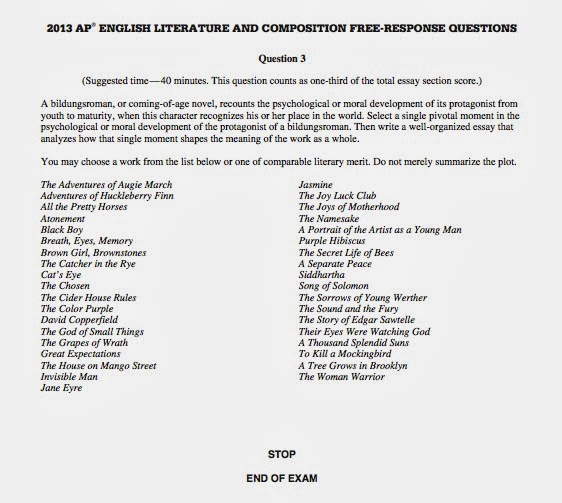circumlocution: the use of many words where fewer words would do
classicism: the Greek/Roman style generally associated with harmony, restraint, and adherence to recognized standards of form and craftsmanship
cliche: a phrase or opinion that is overused and betrays a lack of original thought
climax: the most intense, exciting, or important point of something
colloquialism: a word or phrase that is not formal or literary, typically one used in ordinary or familiar conversation
comedy: style of entertainment intended to make an audience laugh
conflict: a serious disagreement or argument
connotation: an idea or feeling that a word invokes in addition to its literal meaning
contrast: the state of being strikingly different from something else
denotation: the literal or primary meaning of a word
denouement: the final part of a story in which matters are explained or resolved
dialect: a particular form of a language that is peculiar to a specific region or social group
dialectics: the art of investigating or discussing the truth of opinions
dichotomy: a division or contrast between two things that are or are represented as being opposed or different
diction: the choice and use of words and phrases in speech or writing
didactic: intended to teach
dogmatic: inclined to lay down principles as indisputably true, opinionated
elegy: a poem or serious reflection, typically a lament for the dead
epic: a long poem, typically one derived from ancient oral tradition
epigram: a concise saying or remark expressing an idea in a clever and amusing way
epitaph: a phrase or statement written in memory of a person who has died
epithet: an adjective expressing a quality characteristic of a person or thing mentioned
euphemism: a mild or indirect word substituted for one too harsh when referring to something embarrassing
evocative: bringing strong images, memories, or feeling to mind
